A Soft Gripper Design for Apple Harvesting with Force Feedback and Fruit Slip Detection
Abstract
1. Introduction
- (1)
- A new three-finger force feedback soft gripper for the apple harvesting robot is proposed. The relationship between the gripping force, the pulling force, and the servo torque was established to achieve the constant-pressure flexible clamping of fruits. Then the sensing system of the soft gripper was implemented by using the servo’s feedback information instead of adding additional sensors, making the structure of the gripper simpler and less costly.
- (2)
- A force feedback gripper dynamic control approach with slip detection is presented. The relative location of the fruit and the gripper is detected in this manner by incorporating a distance sensor, which makes the gripper structure and calculation simple. When the fruit slippage occurs, the servo output torque is adjusted in real time to reduce fruit harm using the feedback information.
2. Structural Design of a Soft Gripper with Three Fingers
2.1. Finite-Element Analysis of Finger Structure with the Fin Ray Effect
2.1.1. Pre-Preparation of the Simulation Experiment
2.1.2. Influence of Geometric Parameters on Contact Stress and Fingertip Displacement
2.2. Overall Design of the Soft Gripper
3. Kinematic Mechanics Analysis of a Soft Gripper
3.1. Force Analysis of Rigid Multi-Link
3.2. Contact Force Analysis between Soft Finger and Fruit
4. Soft Gripper Control Method for Slip Detection and Constant-Pressure Feedback
4.1. Control Method of Constant-Pressure Feedback
4.2. Control Method of Slip Detection
5. Test and Analysis
5.1. Test Analysis of the Mechanical Properties of Apple
5.2. Gripping Force Verification Experiment
5.3. Test Analysis on the Harvesting Performance of the Soft Gripper
5.3.1. Feasibility Test Analysis of Constant-Pressure Feedback System
5.3.2. Test Analysis of Harvesting Success Rate and Apple Damage Rate
6. Conclusions
Author Contributions
Funding
Institutional Review Board Statement
Data Availability Statement
Acknowledgments
Conflicts of Interest
References
- Li, T.; Qiu, Q.; Zhao, C.; Xie, F. Task planning of multi-arm harvesting robots for high-density dwarf orchard. Trans. CSAE 2021, 37, 1–10. [Google Scholar]
- Liu, C.; Feng, Q.; Tang, Z.; Wang, X.; Geng, J.; Xu, L. Motion Planning of the Citrus-Picking Manipulator Based on the TO-RRT Algorithm. Agriculture 2022, 12, 581. [Google Scholar] [CrossRef]
- Li, T.; Feng, Q.; Qiu, Q.; Xie, F.; Zhao, C. Occluded Apple Fruit Detection and Localization with a Frustum-Based Point-Cloud-Processing Approach for Robotic Harvesting. Remote Sens. 2022, 14, 482. [Google Scholar] [CrossRef]
- Li, T.; Yu, J.; Qiu, Q.; Zhao, C. Hybrid Uncalibrated Visual Servoing Control of Harvesting Robots with RGB-D Cameras. In IEEE Transactions on Industrial Electronics; IEEE: Manhattan, NY, USA, 2022. [Google Scholar]
- Qingchun, F.; Wei, C.; Yajun, L.; Bowen, W.; Liping, C. Method for identifying tomato plants pruning point using Mask R-CNN. Trans. Chin. Soc. Agric. Eng. 2022, 38, 128–135. [Google Scholar]
- Bontsema, J.; Hemming, J.; Pekkeriet, E.; Saeys, W.; Edan, Y.; Shapiro, A.; Hočevar, M.; Oberti, R.; Armada, M.; Ulbrich, H. CROPS: Clever robots for crops. Eng. Technol. Ref. 2015, 1, 1–11. [Google Scholar] [CrossRef]
- Russo, S.; Ranzani, T.; Liu, H.; Nefti-Meziani, S.; Althoefer, K.; Menciassi, A. Soft and stretchable sensor using biocompatible electrodes and liquid for medical applications. Soft Robot. 2015, 2, 146–154. [Google Scholar] [CrossRef]
- Deimel, R.; Brock, O. A novel type of compliant and underactuated robotic hand for dexterous grasping. Int. J. Robot. Res. 2016, 35, 161–185. [Google Scholar] [CrossRef]
- Ma, L.; Yang, W.; Wang, C.; Chen, X.; Xue, C.; Lin, Y.; Liu, A. Structure Design and Experiment of the End-effector for Apple-harvesting Robot. J. Agric. Mech. Res. 2009, 12, 65–67. [Google Scholar]
- Li, X.; Yu, J. Design of an Underactuated End-effector for an Apple Picking Robot. J. Mech. Transm. 2015, 39, 74–77. [Google Scholar]
- Yao, X.; Wang, X.; Zhang, L.; Li, H.; Dai, L.; Lu, G. Flexible Robot Hand Based on Slider and Rocker Mechanism. Trans. Chin. Soc. Agric. Mach. 2021, 52, 396–405. [Google Scholar]
- Paek, J.; Cho, I.; Kim, J. Microrobotic tentacles with spiral bending capability based on shape-engineered elastomeric microtubes. Sci. Rep. 2015, 5, 10768. [Google Scholar] [CrossRef] [PubMed]
- Sun, Y.; Yap, H.K.; Liang, X.; Guo, J.; Qi, P.; Ang, M.H., Jr.; Yeow, C.-H. Stiffness customization and patterning for property modulation of silicone-based soft pneumatic actuators. Soft Robot. 2017, 4, 251–260. [Google Scholar] [CrossRef] [PubMed]
- Shepherd, R.F.; Ilievski, F.; Choi, W.; Morin, S.A.; Stokes, A.A.; Mazzeo, A.D.; Chen, X.; Wang, M.; Whitesides, G.M. Multigait soft robot. Proc. Natl. Acad. Sci. USA 2011, 108, 20400–20403. [Google Scholar] [CrossRef] [PubMed]
- Martinez, R.V.; Branch, J.L.; Fish, C.R.; Jin, L.; Shepherd, R.F.; Nunes, R.M.; Suo, Z.; Whitesides, G.M. Robotic tentacles with three-dimensional mobility based on flexible elastomers. Adv. Mater. 2013, 25, 205–212. [Google Scholar] [CrossRef] [PubMed]
- Polygerinos, P.; Lyne, S.; Wang, Z.; Nicolini, L.F.; Mosadegh, B.; Whitesides, G.M.; Walsh, C.J. Towards a soft pneumatic glove for hand rehabilitation. In Proceedings of the 2013 IEEE/RSJ International Conference on Intelligent Robots and Systems (IROS), Tokyo, Japan, 3–7 November 2013; pp. 1512–1517. [Google Scholar]
- Bartlett, N.W.; Tolley, M.T.; Overvelde, J.T.; Weaver, J.C.; Mosadegh, B.; Bertoldi, K.; Whitesides, G.M.; Wood, R.J. A 3D-printed, functionally graded soft robot powered by combustion. Science 2015, 349, 161–165. [Google Scholar] [CrossRef]
- Fruit-Picking Robot Solves Automation Challenge. Available online: https://www.theengineer.co.uk/content/news/fruit-picking-robot-solves-automation-challenge (accessed on 7 July 2022).
- Muscato, G.; Prestifilippo, M.; Abbate, N.; Rizzuto, I. A prototype of an orange picking robot: Past history, the new robot and experimental results. Ind. Robot. Int. J. 2005, 32, 128–138. [Google Scholar] [CrossRef]
- Nestorovic, T.; Struhar, V. Designing a personal assistance application using wizard of Oz methodology. In Proceedings of the Annals of DAAAM for 2011 and 22nd International DAAAM Symposium “Intelligent Manufacturing and Automation: Power of Knowledge and Creativity”, Vienna, Austria, 23–26 November 2011; pp. 715–716. [Google Scholar]
- Crooks, W.; Vukasin, G.; O’Sullivan, M.; Messner, W.; Rogers, C. Fin ray® effect inspired soft robotic gripper: From the robosoft grand challenge toward optimization. Front. Robot. AI 2016, 3, 70. [Google Scholar] [CrossRef]
- Wilson, M. Festo drives automation forwards. Assem. Autom. 2011, 31, 12–16. [Google Scholar] [CrossRef]
- Crooks, W.; Rozen-Levy, S.; Trimmer, B.; Rogers, C.; Messner, W. Passive gripper inspired by Manduca sexta and the Fin Ray® Effect. Int. J. Adv. Robot. Syst. 2017, 14, 1729881417721155. [Google Scholar] [CrossRef]
- Basson, C.I.; Walker, A.; Bright, G. Testing flexible grippers for geometric and surface grasping conformity in reconfigurable assembly systems. South Afr. J. Ind. Eng. 2018, 29, 128–142. [Google Scholar] [CrossRef]
- Shin, J.H.; Park, J.G.; Kim, D.I. A universal soft gripper with the optimized fin ray finger. Int. J. Precis. Eng. Manuf.-Green Technol. 2021, 8, 889–899. [Google Scholar] [CrossRef]
- Elgeneidy, K.; Lightbody, P.; Pearson, S.; Neumann, G. Characterising 3D-printed soft fin ray robotic fingers with layer jamming capability for delicate grasping. In Proceedings of the 2019 2nd IEEE International Conference on Soft Robotics (RoboSoft), COEX, Seoul, Korea, 14–18 April 2019; pp. 143–148. [Google Scholar]
- Becedas, J.; Payo, I.; Feliu, V. Two-flexible-fingers gripper force feedback control system for its application as end effector on a 6-DOF manipulator. IEEE Trans. Robot. 2011, 27, 599–615. [Google Scholar] [CrossRef]
- Chin, L.; Yuen, M.C.; Lipton, J.; Trueba, L.H.; Kramer-Bottiglio, R.; Rus, D. A simple electric soft robotic gripper with high-deformation haptic feedback. In Proceedings of the 2019 International Conference on Robotics and Automation (ICRA), Palais des congres de Montreal, Montreal, QC, Canada, 20–24 May 2019; pp. 2765–2771. [Google Scholar]
- Kultongkham, A.; Kumnon, S.; Thintawornkul, T.; Chanthasopeephan, T. The design of a force feedback soft gripper for tomato harvesting. J. Agric. Eng. 2021, 52. [Google Scholar] [CrossRef]
- Hao, Y.; Liu, Z.; Liu, J.; Fang, X.; Fang, B.; Nie, S.; Guan, Y.; Sun, F.; Wang, T.; Wen, L. A soft gripper with programmable effective length, tactile and curvature sensory feedback. Smart Mater. Struct. 2020, 29, 035006. [Google Scholar] [CrossRef]
- Zhou, H.; Wang, X.; Kang, H.; Chen, C. A Tactile-enabled Grasping Method for Robotic Fruit Harvesting. arXiv 2021, arXiv:2110.09051. [Google Scholar]
- Truby, R.L.; Wehner, M.; Grosskopf, A.K.; Vogt, D.M.; Uzel, S.G.; Wood, R.J.; Lewis, J.A. Soft somatosensitive actuators via embedded 3D printing. Adv. Mater. 2018, 30, 1706383. [Google Scholar] [CrossRef] [PubMed]
- Bilodeau, R.A.; White, E.L.; Kramer, R.K. Monolithic fabrication of sensors and actuators in a soft robotic gripper. In Proceedings of the 2015 IEEE/RSJ International Conference on Intelligent Robots and Systems (IROS), Congress Center Hamburg, Hamburg, Germany, 28 September–2 October 2015; pp. 2324–2329. [Google Scholar]
- Zhu, H.; Li, X.; Chen, W.; Li, X.; Ma, J.; Teo, C.S.; Teo, T.J.; Lin, W. Weight imprinting classification-based force grasping with a variable-stiffness robotic gripper. IEEE Trans. Autom. Sci. Eng. 2021, 19, 969–981. [Google Scholar] [CrossRef]
- Xu, W.; Zhang, H.; Yuan, H.; Liang, B. A compliant adaptive gripper and its intrinsic force sensing method. Trans. Robot. 2021, 37, 1584–1603. [Google Scholar] [CrossRef]
- De Barrie, D.; Pandya, M.; Pandya, H.; Hanheide, M.; Elgeneidy, K. A Deep Learning Method for Vision Based Force Prediction of a Soft Fin ray Gripper Using Simulation Data. Front. Robot. AI 2021, 8. [Google Scholar] [CrossRef]
- Belzile, B.; Birglen, L. A compliant self-adaptive gripper with proprioceptive haptic feedback. Auton. Robot. 2014, 36, 79–91. [Google Scholar] [CrossRef]
- Zhou, J.; Zhu, S. Slippage detection in gripping fruits and vegetables for agricultural robot. Trans. Chin. Soc. Agric. Mach. 2013, 44, 171–176. [Google Scholar]
- Zhang, W.; Yuan, L. Design of the Control System of Fruit and Vegetable Flexible Grasping of Agricultural Robot Based on Slip Detection. J. Agric. Mech. Res. 2017, 6, 228–232. [Google Scholar]
- Okatani, T.; Nakai, A.; Takahata, T.; Shimoyama, I. A MEMS slip sensor: Estimations of triaxial force and coefficient of static friction for prediction of a slip. In Proceedings of the 2017 19th International Conference on Solid-State Sensors, Actuators and Microsystems (TRANSDUCERS), The University of Tokyo, Tokyo, Japan, 18–22 June 2017; pp. 75–77. [Google Scholar]
- Zhang, T.; Fan, S.; Zhao, J.; Jiang, L.; Liu, H. Multifingered robot hand dynamic grasping control based on fingertip three-axis tactile sensor feedback. In Proceedings of the 11th World Congress on Intelligent Control and Automation, Shenyang, China, 29 June–4 July 2014; pp. 3321–3326. [Google Scholar]
- Xin, Y.; Tian, H.; Guo, C.; Li, X.; Sun, H.; Wang, P.; Lin, J.; Wang, S.; Wang, C. PVDF tactile sensors for detecting contact force and slip: A review. Ferroelectrics 2016, 504, 31–45. [Google Scholar] [CrossRef]
- Agriomallos, I.; Doltsinis, S.; Mitsioni, I.; Doulgeri, Z. Slippage detection generalizing to grasping of unknown objects using machine learning with novel features. IEEE Robot. Autom. Lett. 2018, 3, 942–948. [Google Scholar] [CrossRef]
- Romeo, R.A.; Oddo, C.M.; Carrozza, M.C.; Guglielmelli, E.; Zollo, L. Slippage detection with piezoresistive tactile sensors. Sensors 2017, 17, 1844. [Google Scholar] [CrossRef] [PubMed]
- Li, J.; Dong, S.; Adelson, E. Slip detection with combined tactile and visual information. In Proceedings of the 2018 IEEE International Conference on Robotics and Automation (ICRA), Brisbane, Australia, 21–25 May 2018; pp. 7772–7777. [Google Scholar]
- Su, Z.; Hausman, K.; Chebotar, Y.; Molchanov, A.; Loeb, G.E.; Sukhatme, G.S.; Schaal, S. Force estimation and slip detection/classification for grip control using a biomimetic tactile sensor. In Proceedings of the 2015 IEEE-RAS 15th International Conference on Humanoid Robots (Humanoids), Seoul, Korea, 3–5 November 2015; pp. 297–303. [Google Scholar]
- Romeo, R.A.; Zollo, L. Methods and sensors for slip detection in robotics: A survey. IEEE Access 2020, 8, 73027–73050. [Google Scholar] [CrossRef]
- Liu, S.Q.; Adelson, E.H. GelSight Fin Ray: Incorporating Tactile Sensing into a Soft Compliant Robotic Gripper. In Proceedings of the 2022 IEEE 5th International Conference on Soft Robotics (RoboSoft), Edinburgh, UK, 4–8 April 2022; pp. 925–931. [Google Scholar]
- Bu, L.; Hu, G.; Chen, J. Assessment of Grasp Ability for An End-effecter with Fin-ray Structure. In Proceedings of the Journal of Physics: Conference Series, Digital Meeting, 10–14 October 2021; p. 032030. [Google Scholar]
- Lee, C.; Kim, M.; Kim, Y.J.; Hong, N.; Ryu, S.; Kim, H.J. Soft robot review. Int. J. Control Autom. Syst. 2017, 15, 3–15. [Google Scholar] [CrossRef]
- Qian, S.; Lu, Y.; Yang, X. Overview of selection and parameter determination for hyperelastic constitutive model of rubber material. Rubber Sci. Technol. 2018, 16, 5–10. [Google Scholar]
- Ahmadi, E.; Barikloo, H.; Kashfi, M. Viscoelastic finite element analysis of the dynamic behavior of apple under impact loading with regard to its different layers. Comput. Electron. Agric. 2016, 121, 1–11. [Google Scholar] [CrossRef]
- Bu, L.; Hu, G.; Chen, C.; Sugirbay, A.; Chen, J. Experimental and simulation analysis of optimum picking patterns for robotic apple harvesting. Sci. Hortic. 2020, 261, 108937. [Google Scholar] [CrossRef]
- Schoorl, D.; Holt, J. Impact bruising in 3 apple pack arrangements. J. Agric. Eng. Res. 1982, 27, 507–512. [Google Scholar] [CrossRef]
- Grotte, M.; Duprat, F.; Loonis, D.; Piétri, E. Mechanical properties of the skin and the flesh of apples. Int. J. Food Prop. 2001, 4, 149–161. [Google Scholar] [CrossRef]

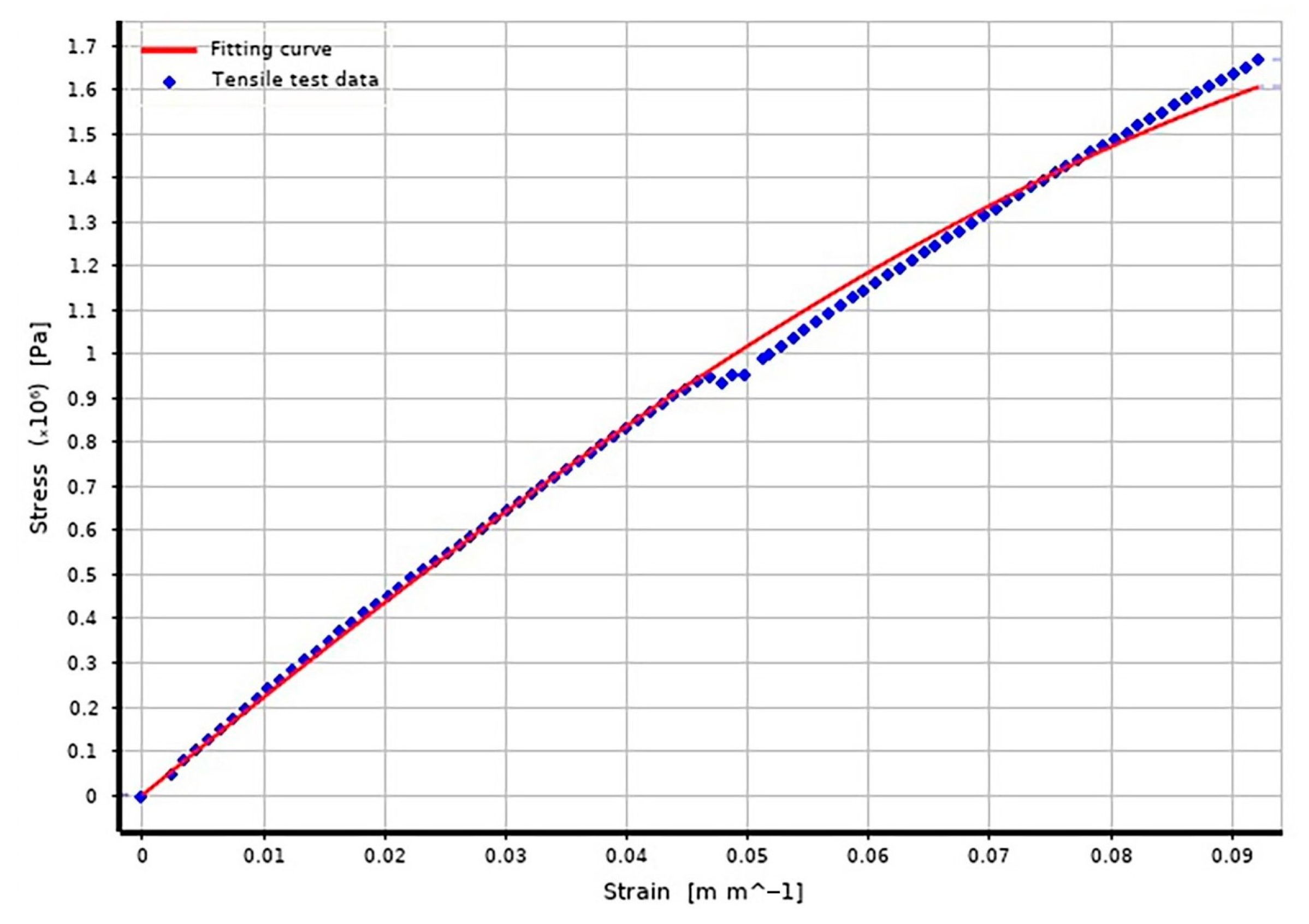
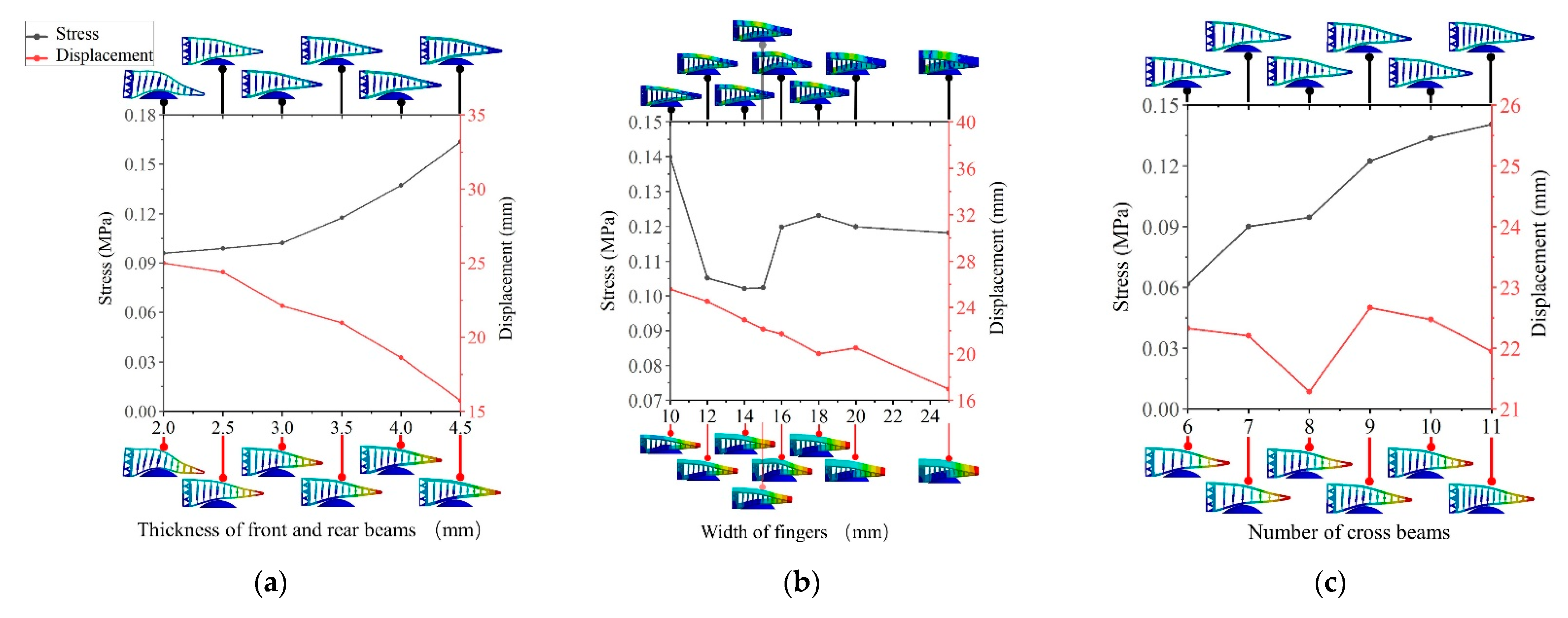

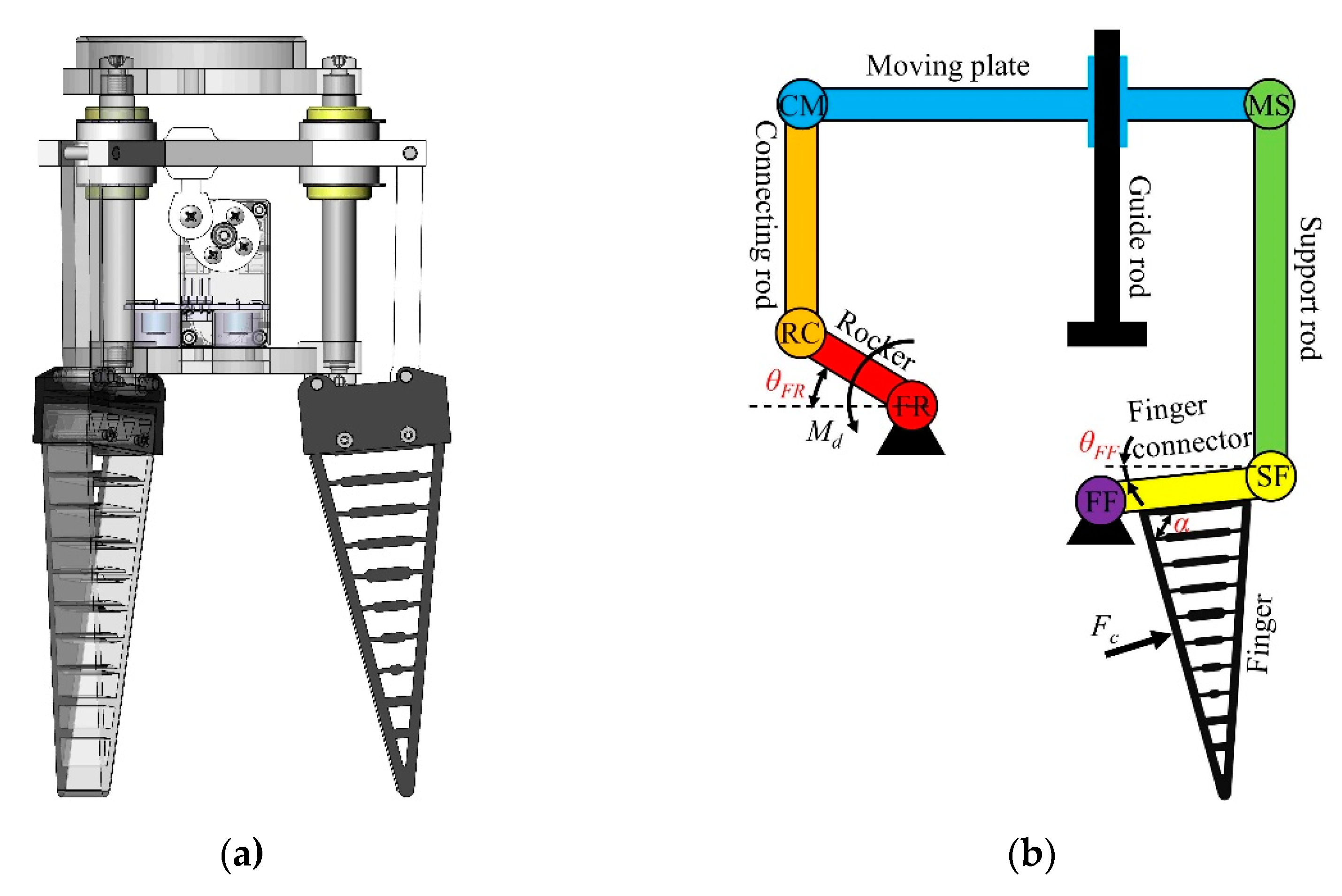
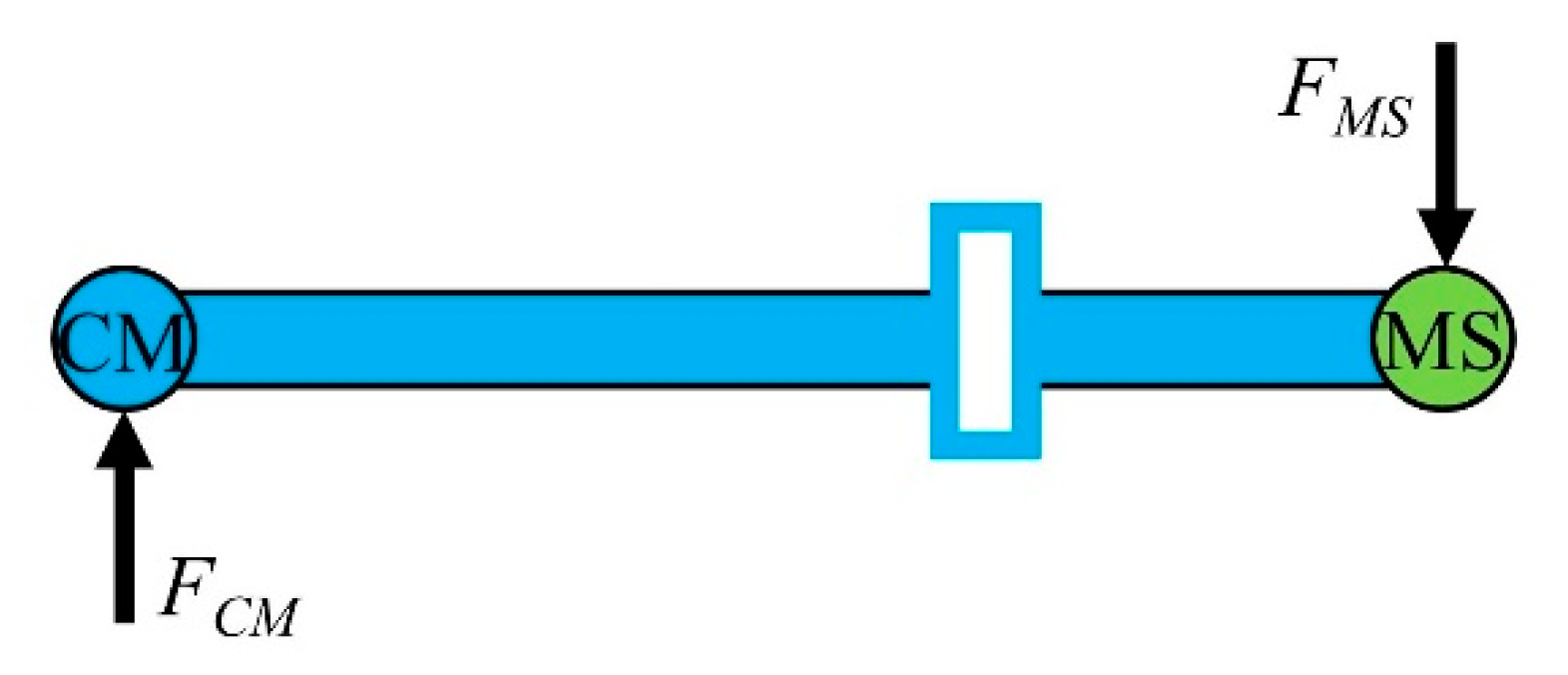

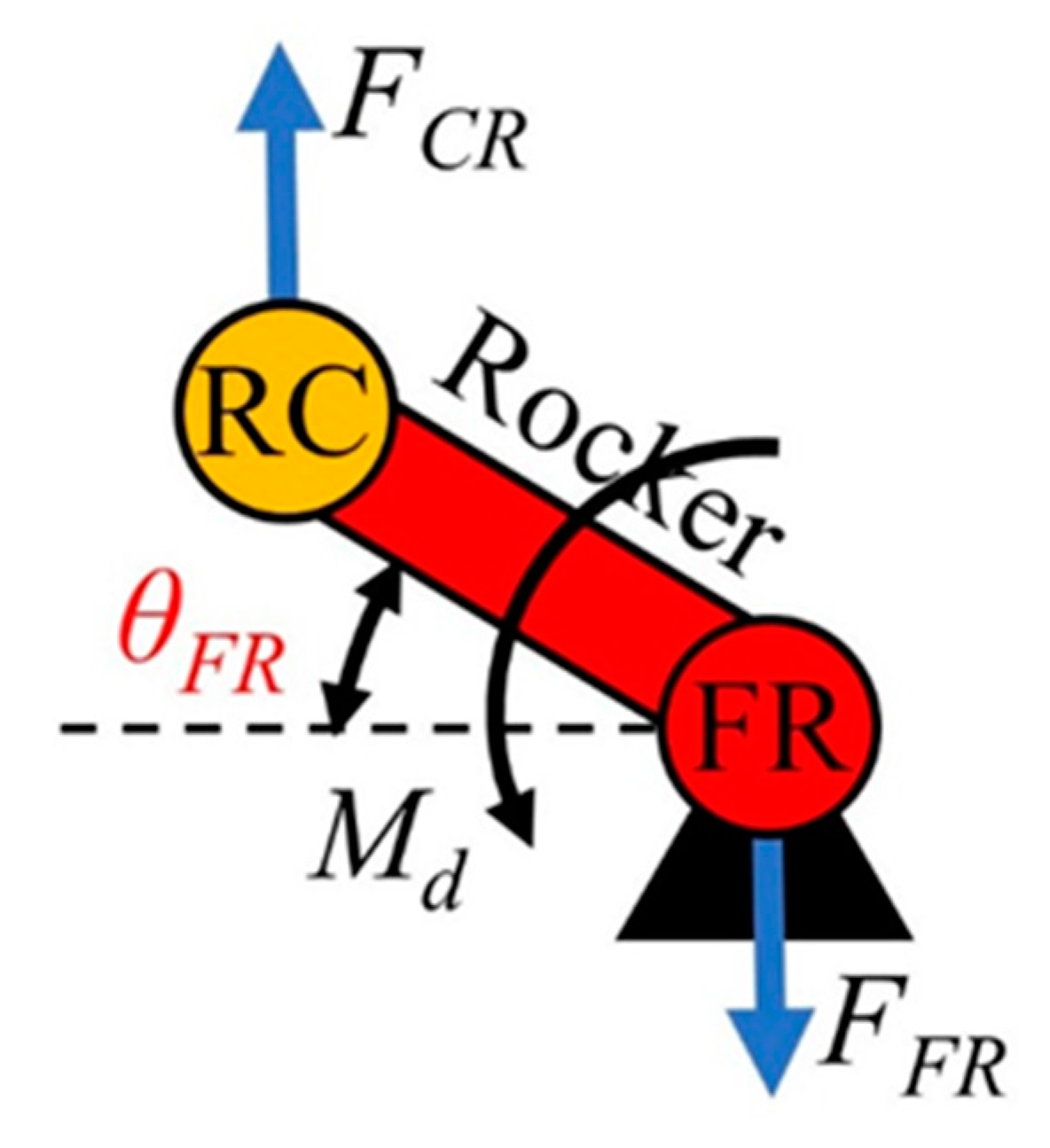

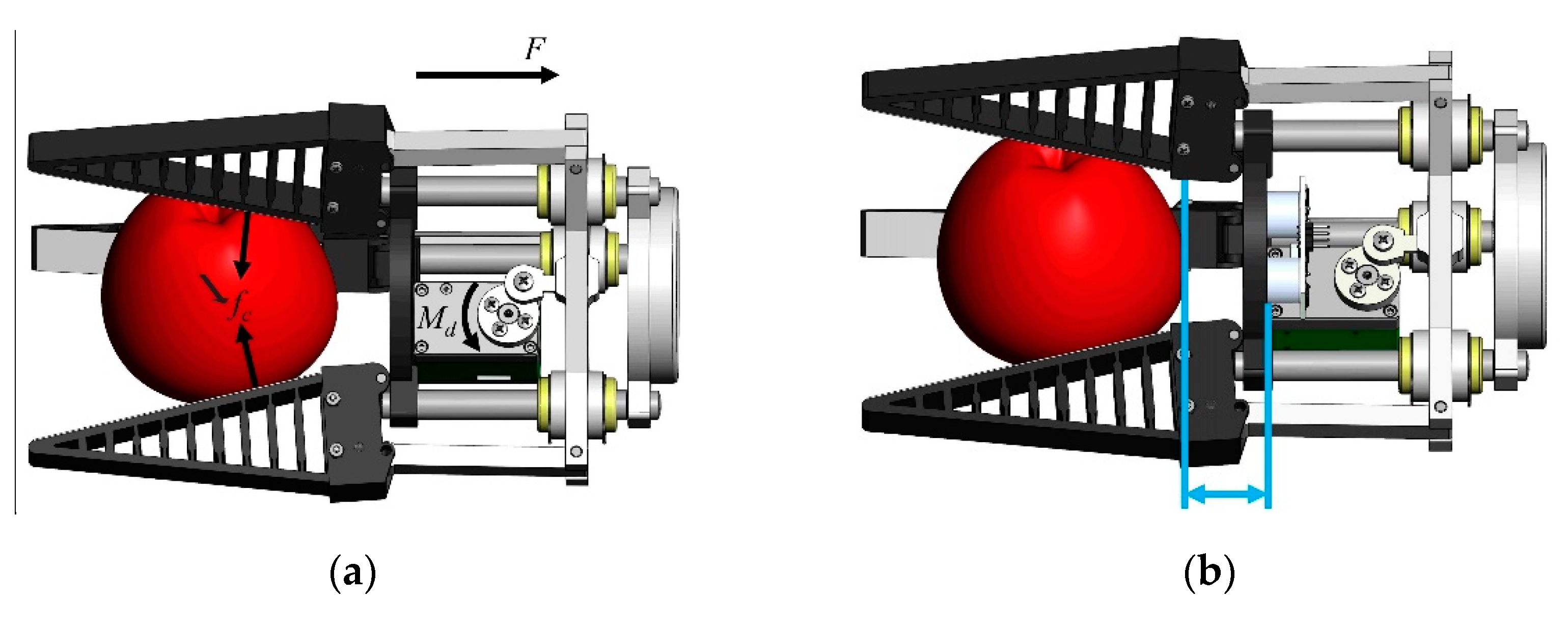
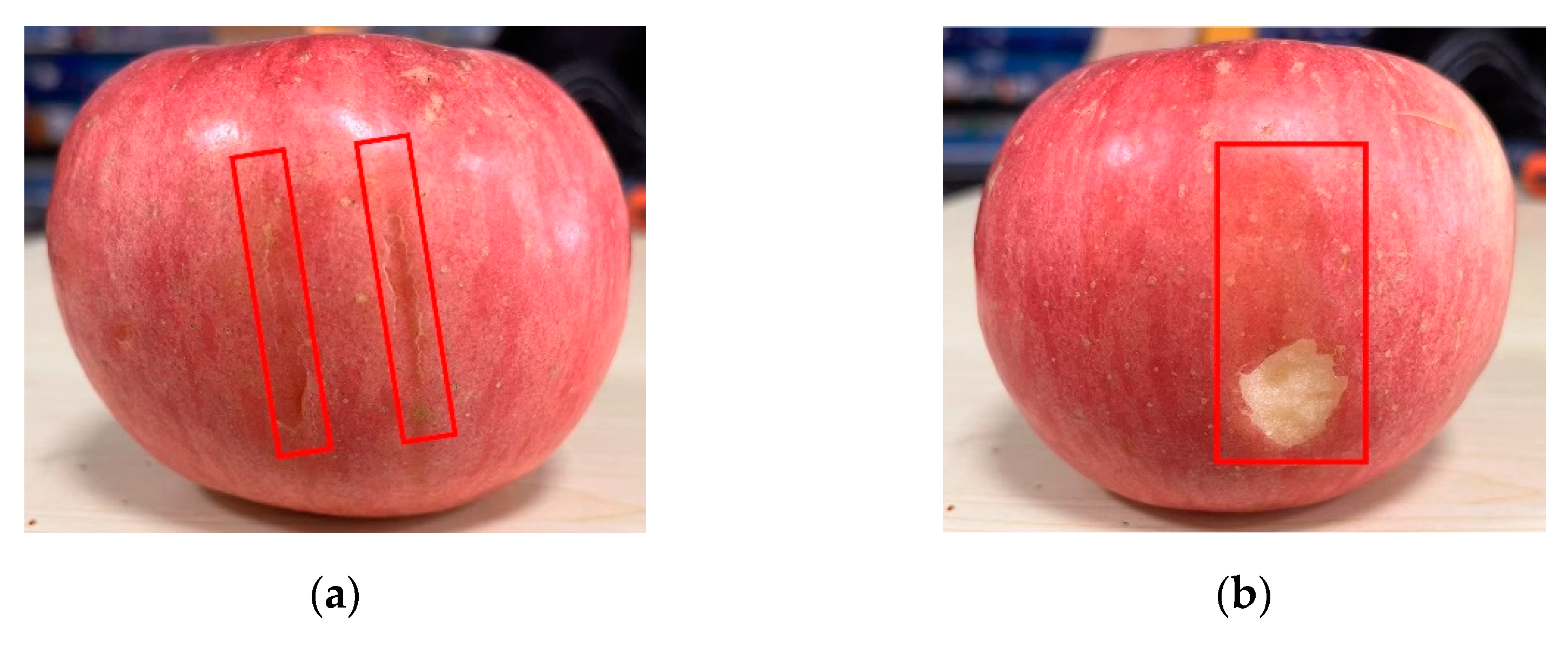
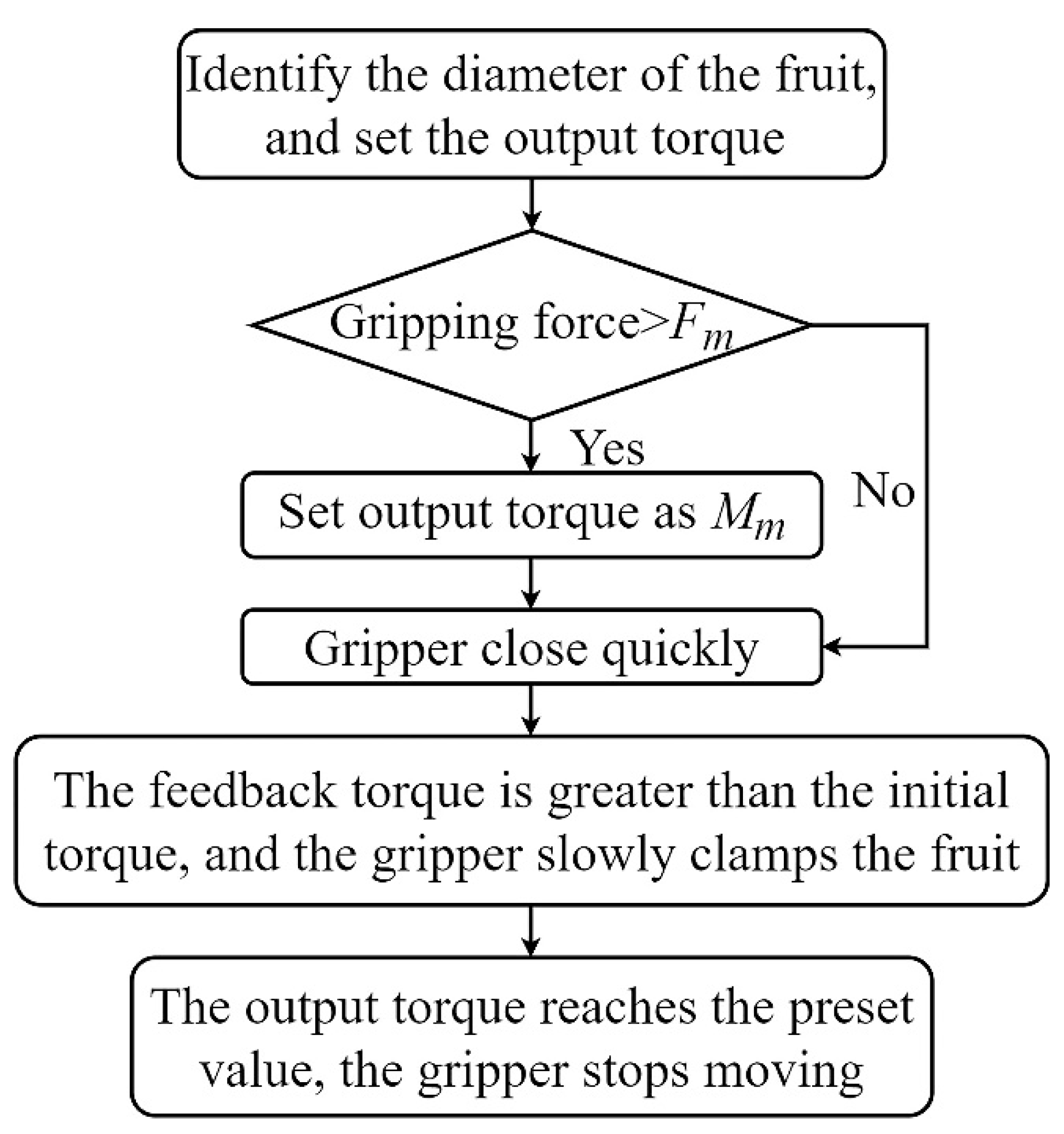

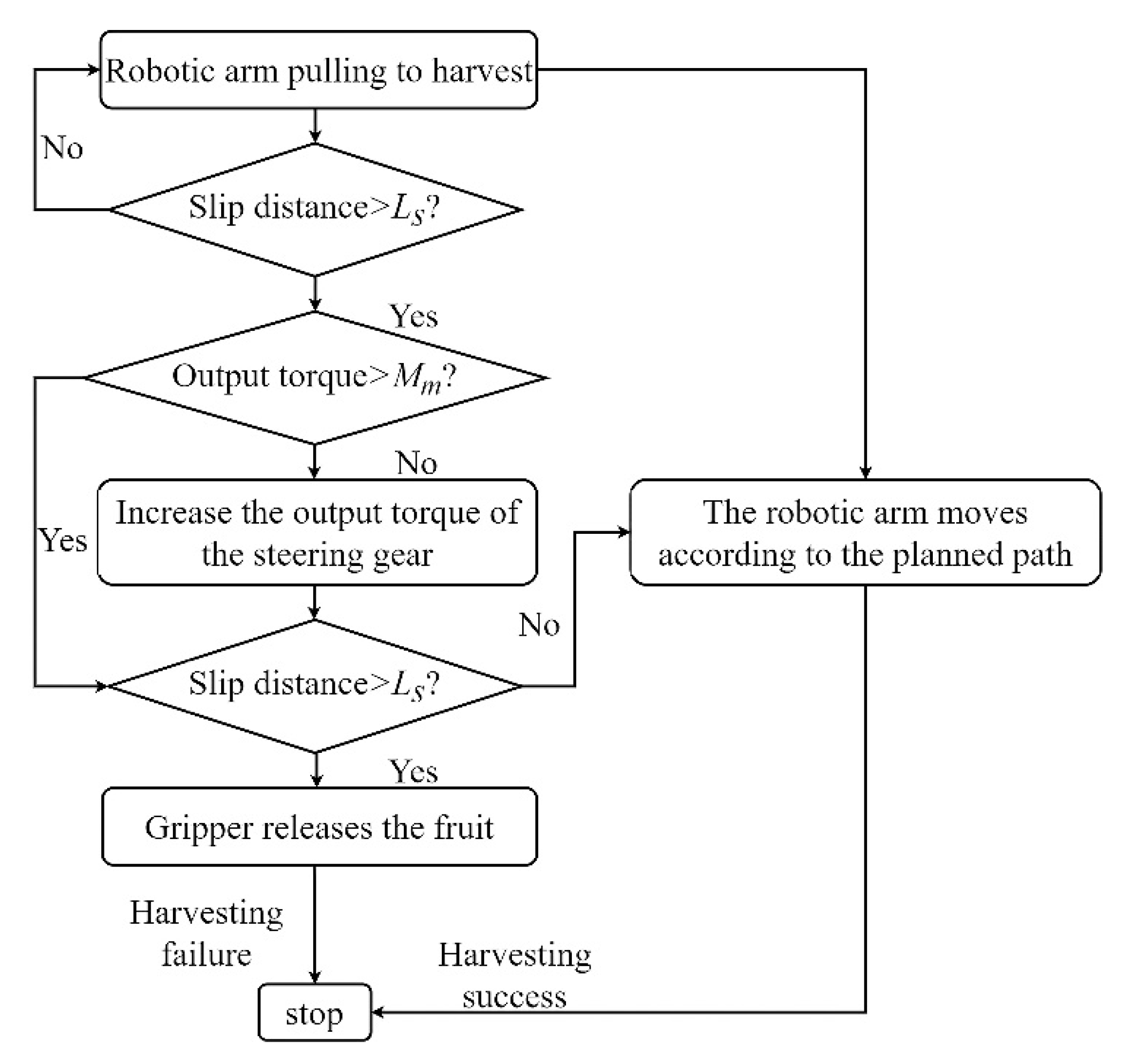


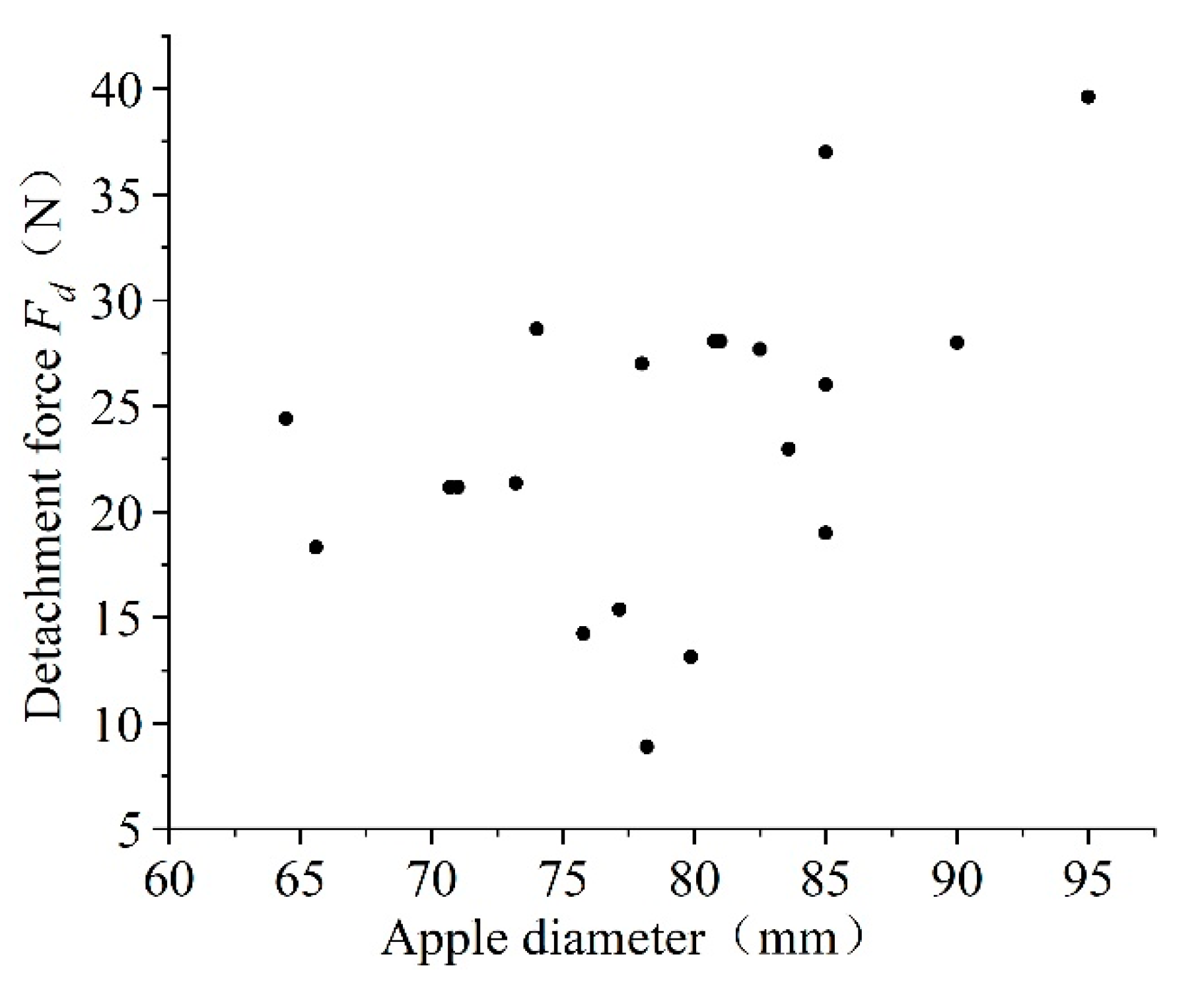


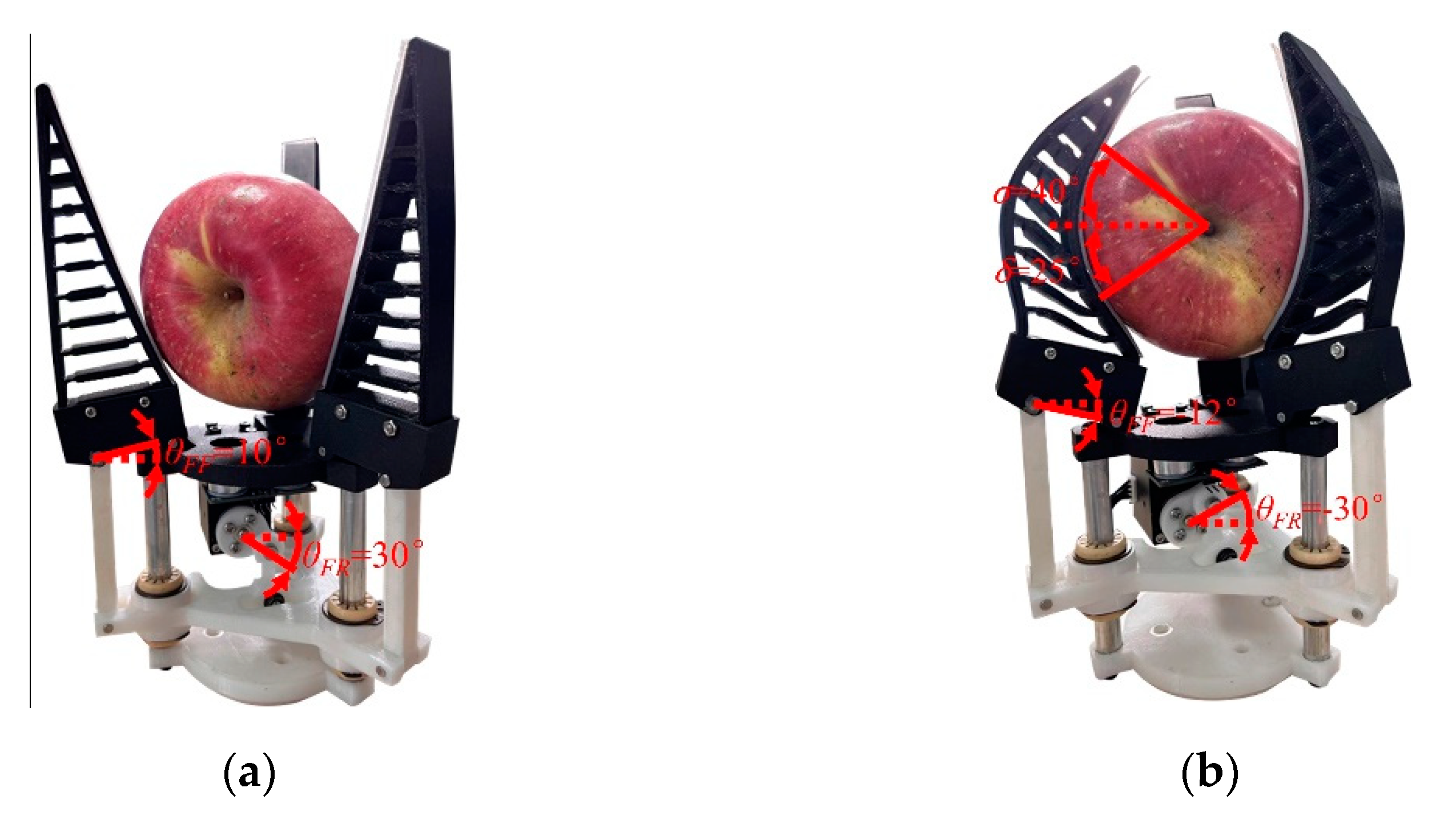
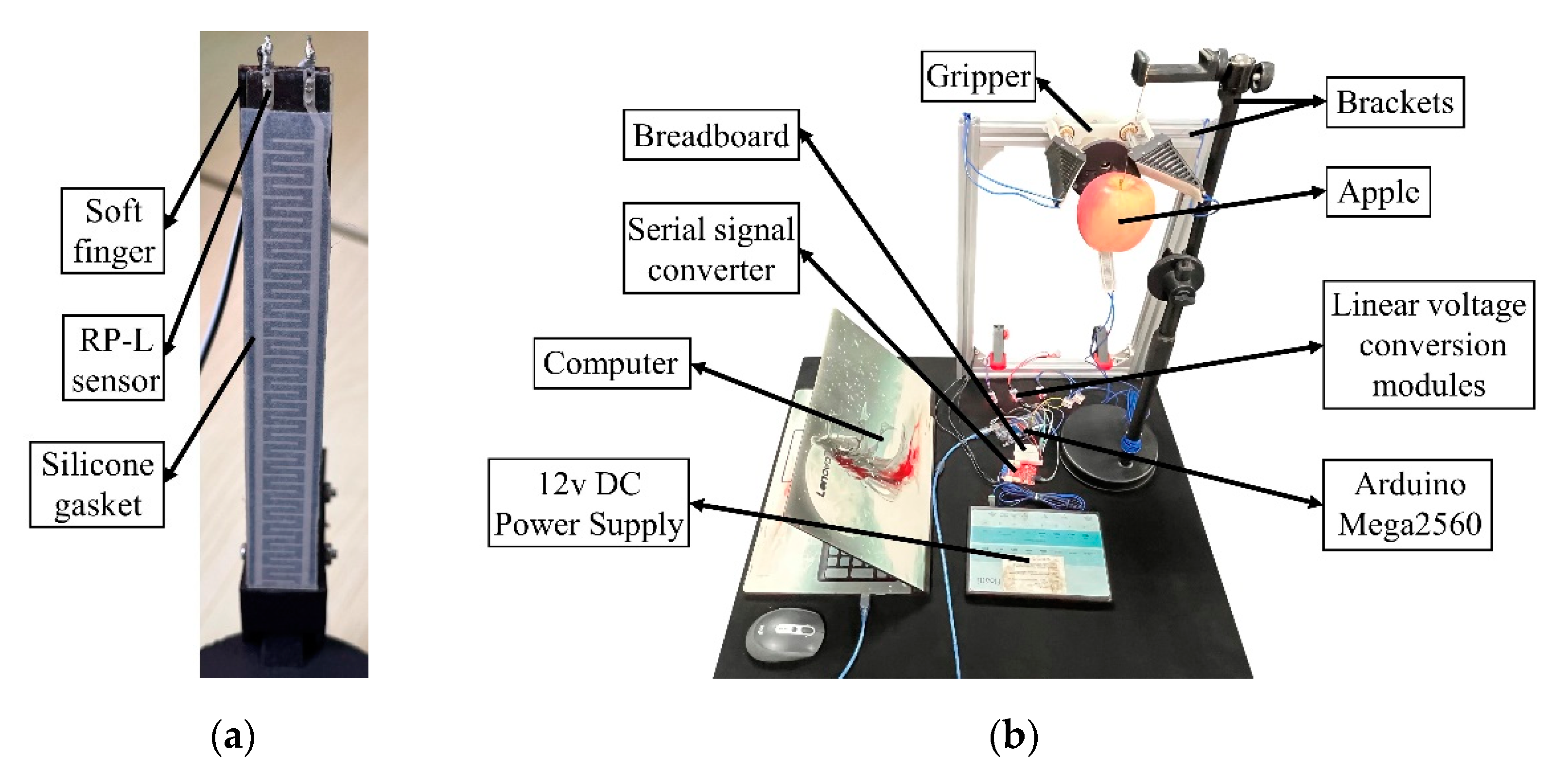

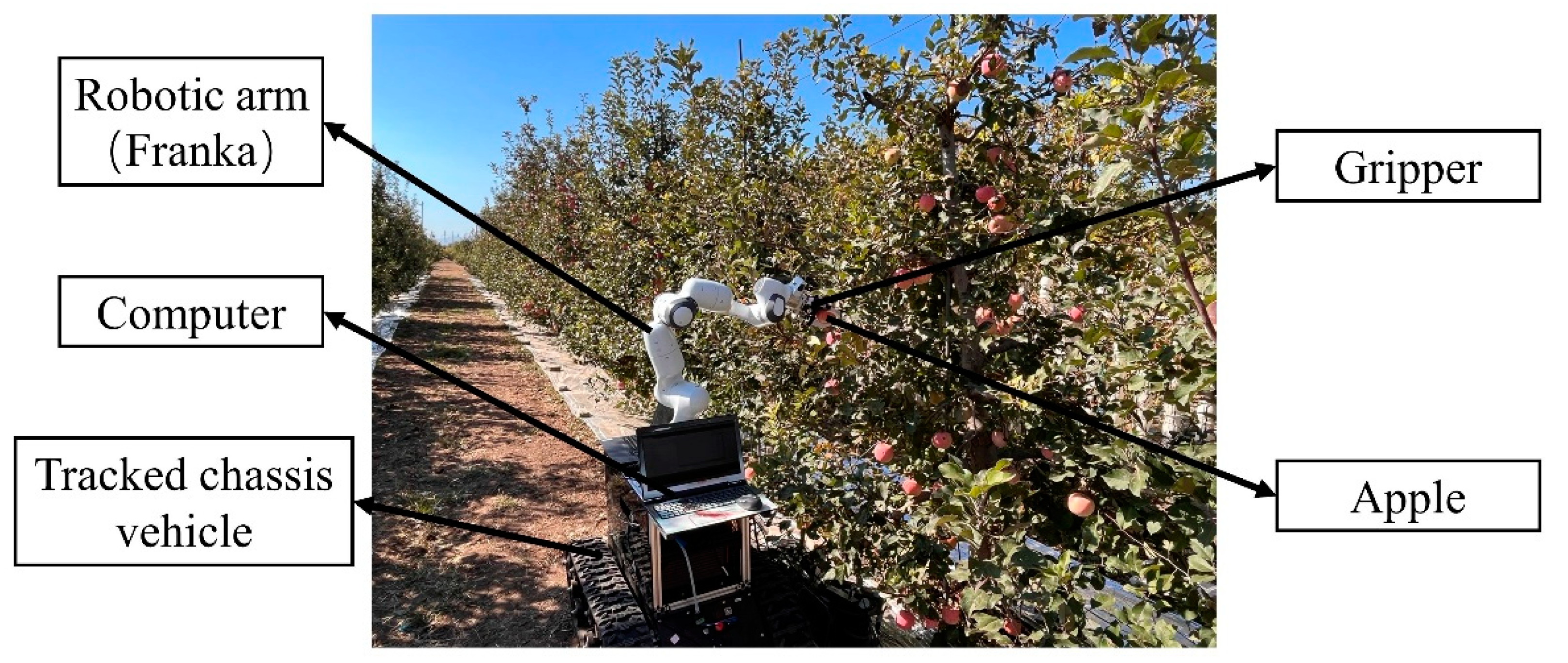

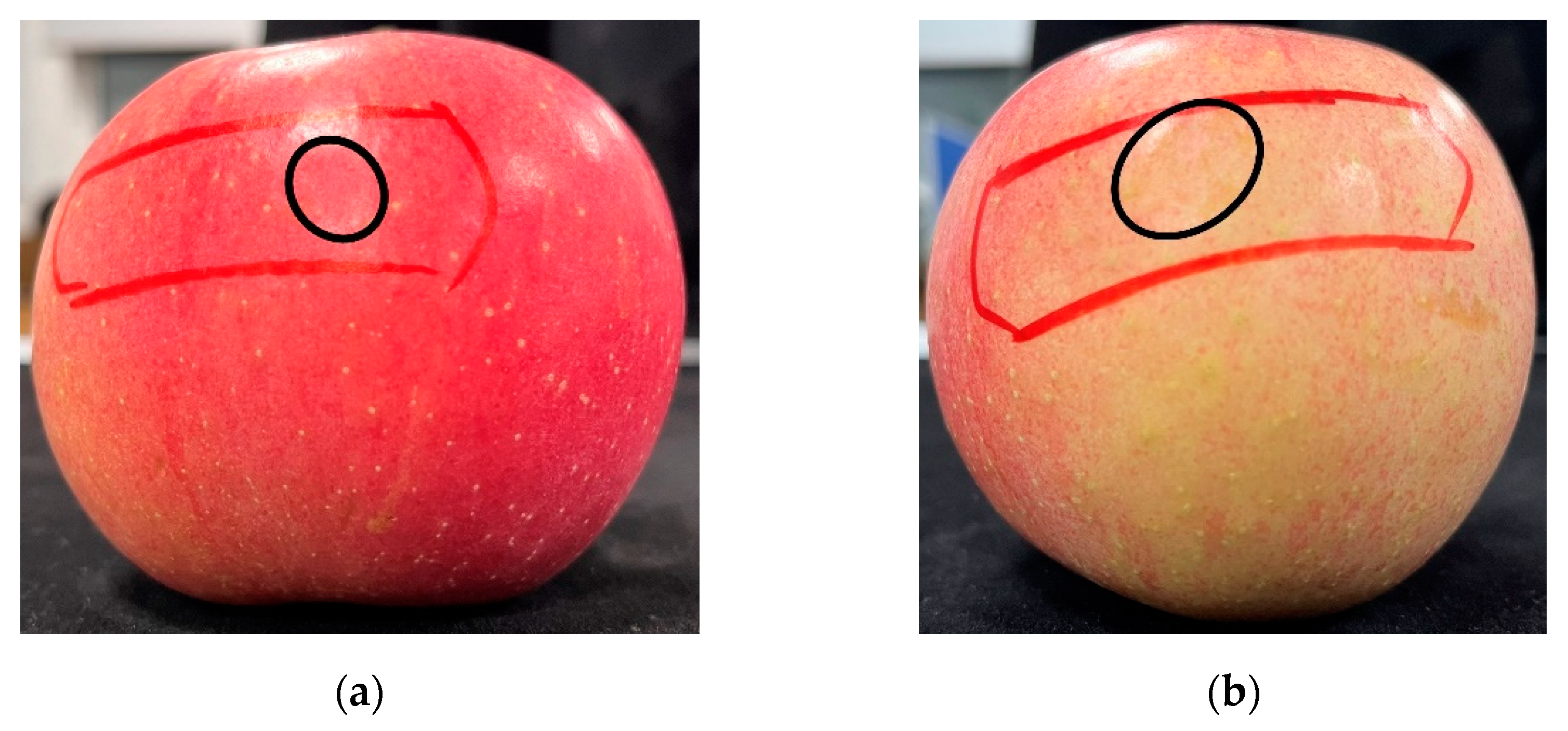


| Materials | Density (kg/m3) | Young’s Modulus (MPa) | Poisson’s Ratio | C10 (MPa) | C20 (MPa) |
|---|---|---|---|---|---|
| PA12 | 1010 | 1900 | 0.4 | — | — |
| Apple [52] | 840 | 5 | 0.35 | — | — |
| TPU 95A | 1200 | — | — | 3.7358 | −11.88 |
| Average Diameter (mm) | Average Mass (g) | Number of Visible Slippage 1 | Number of Picking Success | Number of Picking Damage | Number of Slippage Damage |
| 82.7536 | 236.748 | 7 | 25 | 4 | 3 |
| Damaged Fruit Characteristics | |||||
| Fruit Diameter (mm) | Fruit Mass (g) | Visible Slippage or Not? | Picking Success or Not? | Picking Damage or Not? | Damage Causes 2 |
| 83.04 | 245.7 | Yes | Yes | Yes | Slippage |
| 86.37 | 280 | Yes | Yes | Yes | Slippage |
| 88.86 | 262.5 | Yes | Yes | Yes | Slippage |
| 90.23 | 278 | No | Yes | Yes | Grasping |
| Average Diameter (mm) | Average Mass (g) | Number of Visible Slippage | Number of Picking Success | Number of Picking Damage | Number of Slippage Damage |
| 83.7548 | 232.724 | 9 | 24 | 2 | 2 |
| Damaged fruit characteristics | |||||
| Fruit Diameter (mm) | Fruit Mass (g) | Visible Slippage or Not? | Picking Success or Not? | Picking Damage or Not? | Damage Causes |
| 82.35 | 235.5 | Yes | Yes | Yes | Slippage |
| 86.66 | 260.3 | Yes | Yes | Yes | Slippage |
| Average Diameter (mm) | Average Mass (g) | Number of First Slippage | Number of Second Slippage | Number of Picking Success | Number of Picking Damage |
| 84.2252 | 242.932 | 13 | 7 | 20 | 0 |
| Second Slippage Fruit Characteristics | |||||
| Fruit Diameter (mm) | Fruit Mass (g) | Second Picking after First Failed Harvesting 1 | Second Picking Success or Not? | Picking Damage or Not? | Damage Causes |
| 82.32 | 226.5 | Yes | No | — | |
| 83.31 | 233.5 | No | No | — | |
| 84.45 | 226 | No | No | — | |
| 84.65 | 256.1 | Yes | No | — | |
| 86.19 | 266.6 | No | No | — | |
| 90.19 | 279.4 | No | No | — | |
| 91.11 | 309.8 | No | No | — | |
Publisher’s Note: MDPI stays neutral with regard to jurisdictional claims in published maps and institutional affiliations. |
© 2022 by the authors. Licensee MDPI, Basel, Switzerland. This article is an open access article distributed under the terms and conditions of the Creative Commons Attribution (CC BY) license (https://creativecommons.org/licenses/by/4.0/).
Share and Cite
Chen, K.; Li, T.; Yan, T.; Xie, F.; Feng, Q.; Zhu, Q.; Zhao, C. A Soft Gripper Design for Apple Harvesting with Force Feedback and Fruit Slip Detection. Agriculture 2022, 12, 1802. https://doi.org/10.3390/agriculture12111802
Chen K, Li T, Yan T, Xie F, Feng Q, Zhu Q, Zhao C. A Soft Gripper Design for Apple Harvesting with Force Feedback and Fruit Slip Detection. Agriculture. 2022; 12(11):1802. https://doi.org/10.3390/agriculture12111802
Chicago/Turabian StyleChen, Kaiwen, Tao Li, Tongjie Yan, Feng Xie, Qingchun Feng, Qingzhen Zhu, and Chunjiang Zhao. 2022. "A Soft Gripper Design for Apple Harvesting with Force Feedback and Fruit Slip Detection" Agriculture 12, no. 11: 1802. https://doi.org/10.3390/agriculture12111802
APA StyleChen, K., Li, T., Yan, T., Xie, F., Feng, Q., Zhu, Q., & Zhao, C. (2022). A Soft Gripper Design for Apple Harvesting with Force Feedback and Fruit Slip Detection. Agriculture, 12(11), 1802. https://doi.org/10.3390/agriculture12111802









